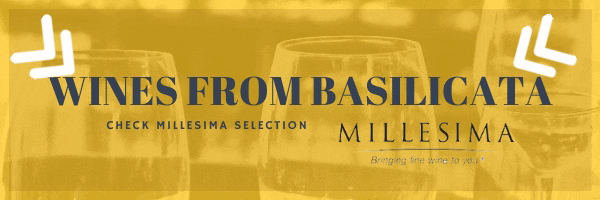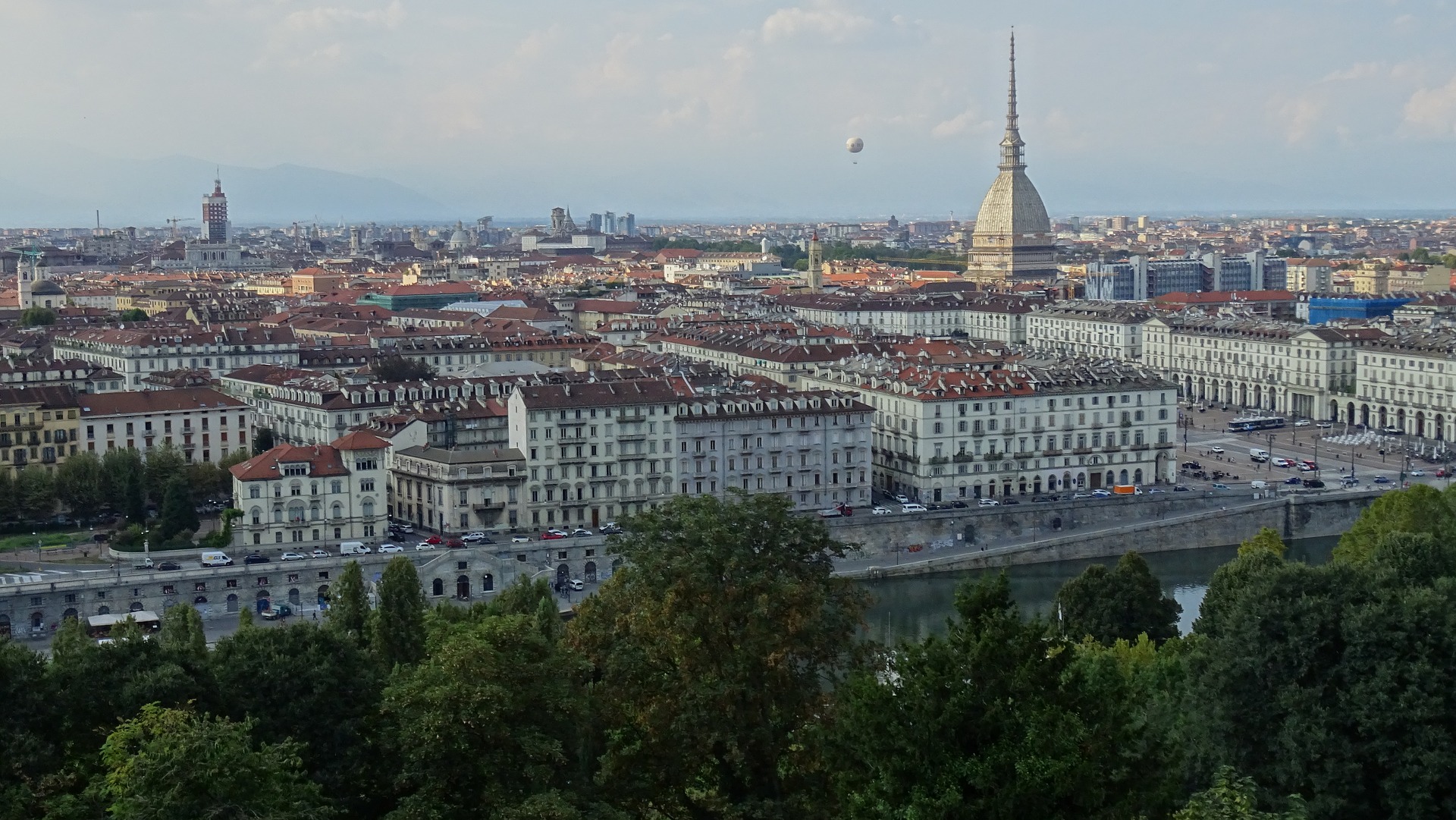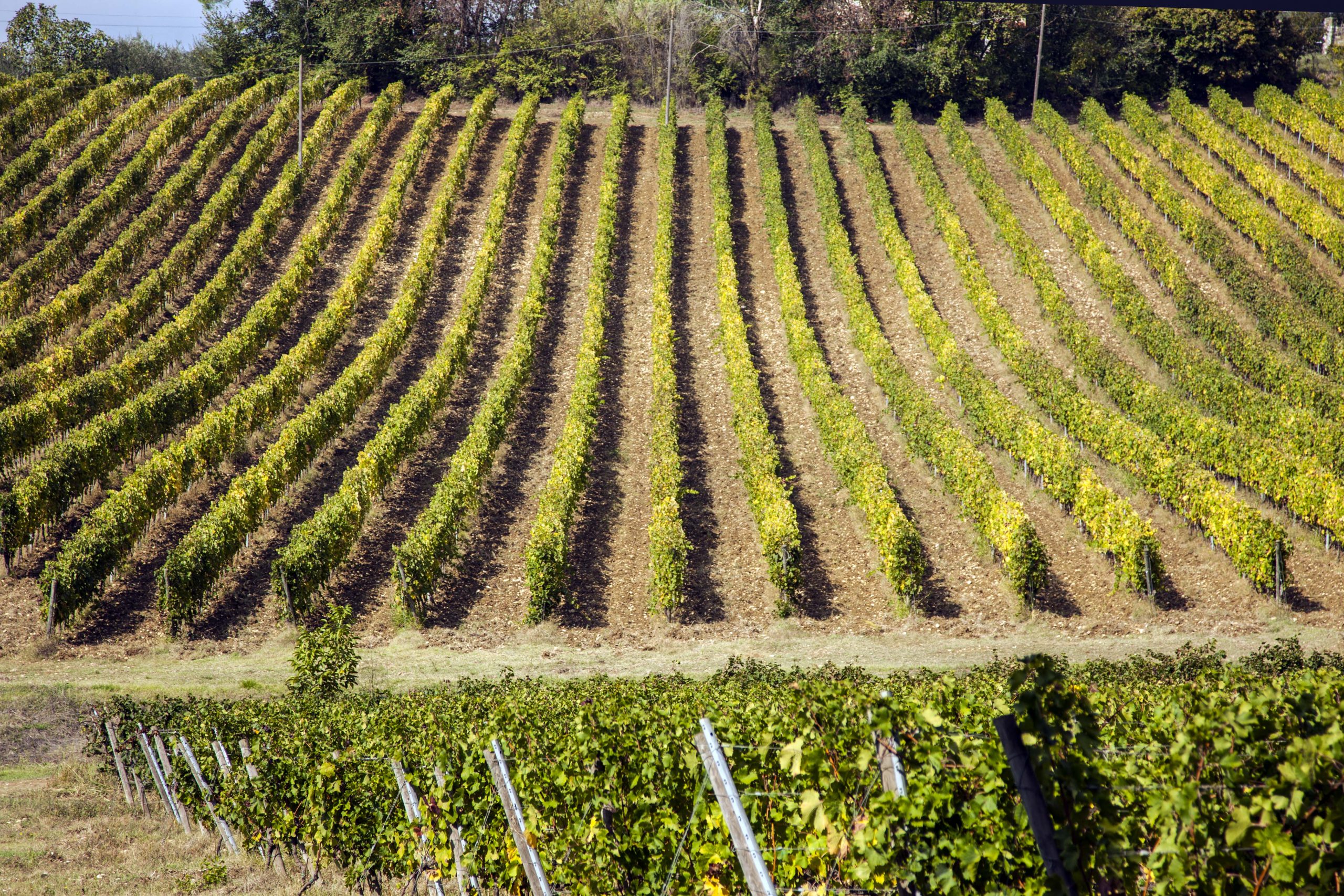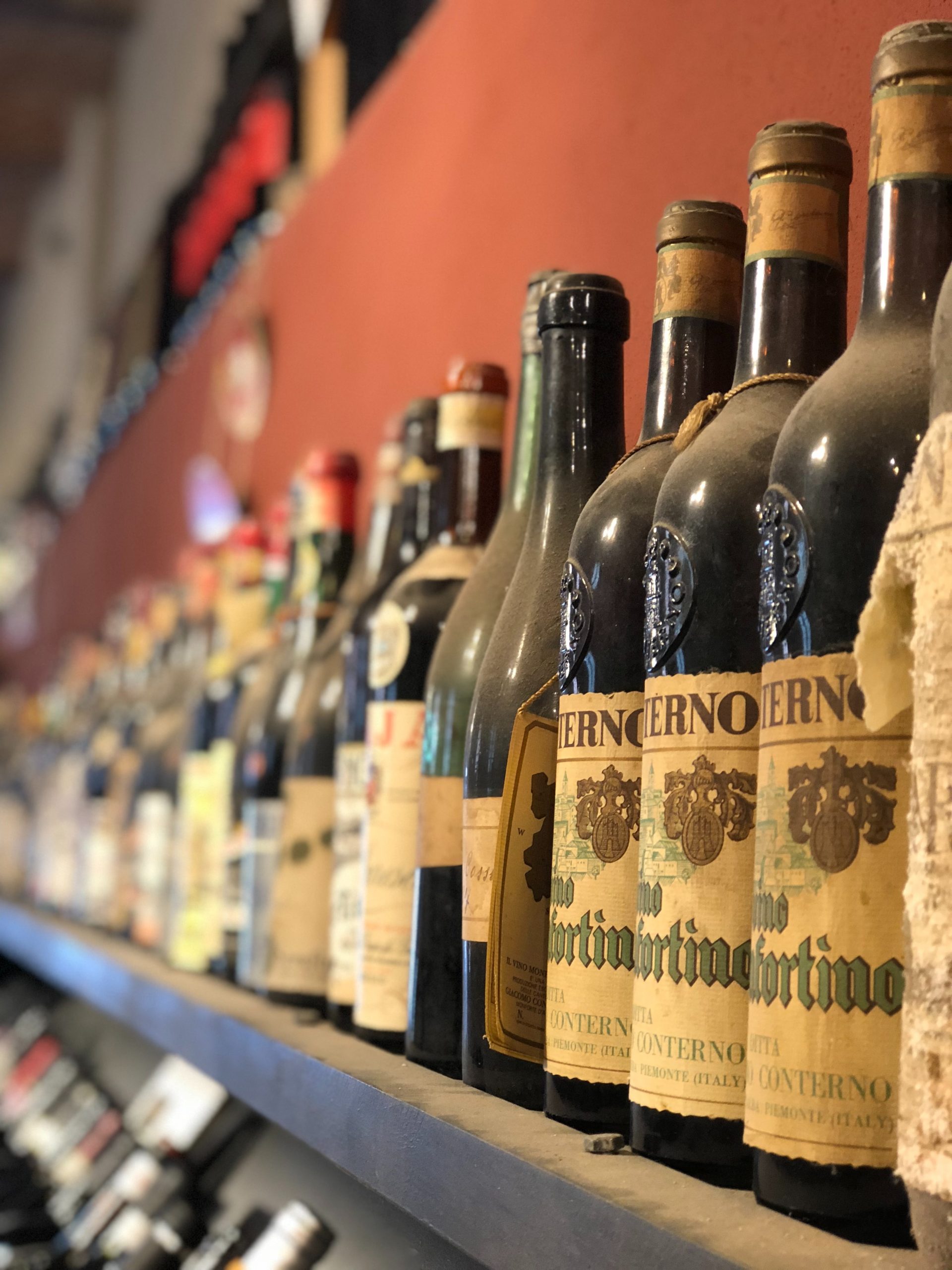Discover Aglianico del Vulture, the legendary “Barolo of the South” from Italy’s Basilicata region – our comprehensive guide covers everything from traditional producers and best vintages to expert food pairings and proper serving techniques for this prestigious Aglianico-based wine.
Table of Contents
What is Aglianico del Vulture DOC?
Aglianico del Vulture DOC is the crown jewel of Basilicata, Italy’s remote yet culturally rich southern region. Established as a DOC in 1971, this appellation is dedicated to producing age-worthy red wines made from 100% Aglianico grapes. Grown on the dramatic slopes of the extinct Monte Vulture volcano, these wines have earned the nickname “Barolo of the South” thanks to their powerful structure, long aging potential, and complex aromatic profile.
History and Origins of the Aglianico del Vulture Wine
The Aglianico grape has deep roots in the south of Italy, with some historians tracing its origins back to ancient Greece. It’s believed to have arrived in Basilicata via Greek colonists as early as the 6th century BCE. The unique microclimate and volcanic soil of Monte Vulture allowed the grape to flourish here, developing a signature character that distinguishes it from Aglianico grown elsewhere. Although DOC status came in 1971, the wine tradition in this region is centuries older, with monastic orders and noble families long cultivating the vine.
Where It’s Made: Geography & Terroir
Aglianico del Vulture DOC wines are produced on the slopes of Monte Vulture, an extinct volcano in northern Basilicata. Vineyards are planted at elevations ranging from 200 to 700 meters above sea level, often on steep, terraced hillsides. The volcanic soils—rich in minerals like potassium and iron—contribute to the wine’s firm tannins and earthy depth.
The area enjoys hot, dry summers and cold winters, with significant diurnal temperature shifts that help preserve acidity and freshness in the grapes. This dramatic terroir plays a pivotal role in shaping the wine’s complexity and ageability.
The Grape: 100% Aglianico
The wines of Aglianico del Vulture DOC are made entirely from Aglianico, one of Italy’s noble red grape varieties. Known for its thick skin, late ripening, and natural acidity, Aglianico produces deeply colored wines with robust tannins and high aging potential.
Unlike its Campanian cousin (Taurasi), Aglianico grown in Basilicata often expresses a cooler, more mineral-driven profile—think black cherry, leather, wild herbs, and volcanic ash.
Winemaking & DOC Regulations
Under the DOC regulations, Aglianico del Vulture must be made from 100% Aglianico grapes and aged for a minimum of one year before release. For Riserva bottlings, the minimum aging increases to five years, including at least two in oak barrels.
While traditional methods often involve large Slavonian oak casks and extended maceration, some modern producers now experiment with French oak and shorter aging to highlight fruit purity. Either way, the results are structured yet nuanced wines that reward patient cellaring.
Key Facts at a Glance – Aglianico del Vulture Wine
- Region: Basilicata (Vulture zone)
- DOC Established: 1971
- Grape Variety: 100% Aglianico
- Altitude: 200–700m
- Soil: Volcanic (lava, ash, tuff)
- Aging (Standard): 1 year minimum
- Aging (Riserva): 5 years (2 in oak)
- Alcohol: Typically 13.5–15%
- Serving Temp: 18°C (65°F)
Tasting Notes
Aglianico del Vulture wines typically show:
- Color: Deep ruby to garnet with age
- Aromas: Black cherry, dried plum, leather, tobacco, violets, ash
- Palate: Bold tannins, vibrant acidity, earthy minerality, dark fruit
- Aging Potential: 10–20+ years (Riservas can age longer)
Serving & Pairing – Aglianico del Vulture Wine
Serve Aglianico del Vulture at cellar temperature (~18°C) in large red wine glasses. Decant younger vintages for at least an hour to soften tannins and allow aromas to open up.
Pair with:
- Braised lamb or wild boar
- Grilled steak with herbs
- Aged cheeses (pecorino, caciocavallo podolico)
- Mushroom risotto
Where to Buy & Pricing
You can find Aglianico del Vulture wines from top producers at:
- Wine.com (international)
- Tannico.it (EU)
- Eataly (global retail)
- Local Italian wine importers and boutique shops
Pricing:
- Under €20: D’Angelo base DOC, Grifalco “Gricos”
- €20–40: Elena Fucci “Titolo,” Cantine del Notaio “La Firma”
- €40+: Riservas from Elena Fucci, Re Manfredi “Serpara”
FAQ on Aglianico del Vulture Wine
Is Aglianico del Vulture the same as Taurasi?
No—both are made from Aglianico but grown in different regions (Basilicata vs Campania). Vulture wines are often more mineral and linear.
What is the aging potential for Aglianico del Vulture Wine?
Standard DOC wines age 10–15 years; Riservas can go 20+ years.
Is it worth cellaring?
Yes—many bottles develop beautifully over time, gaining elegance and complexity.
What does “Vulture” refer to?
Monte Vulture, the extinct volcano where the vineyards grow.
Fun Facts & Cultural Notes on Aglianico del Vulture Wine
- Elena Fucci, one of the region’s top producers, was originally studying architecture when she decided to
- take over her family vineyard.
- Aglianico del Vulture is celebrated annually at the Sagra del Vino in Barile, a town known for its historic wine caves carved into volcanic rock.
- The region is a hidden gem for wine tourism, with breathtaking landscapes and genuine southern hospitality.
Final Sip
For lovers of bold Italian reds, Aglianico del Vulture offers the structure of Barolo, the soul of the south, and the intrigue of volcanic terroir. It’s one of Italy’s best-kept secrets—though not for long.
Which Aglianico del Vulture have you tried? Share your thoughts or pairings in the comments—or tag @DrinkItalian on Instagram to be featured!
Send us an e-mail at cheers@drinkitalian.com if you are looking for more info or to give us comments or feedbacks.
If you are in the mood for a good book, you can try:
– The Modern History of Italian Wine by Walter Filipputti
– Hidden Gems of Italy: An Insider’s Secret Formula To Find Top-Class Italian Wines At Value Prices And Taste La Dolce Vita by Tony Margiotta
Additionally, you can discover the other wines from Basilicata.




